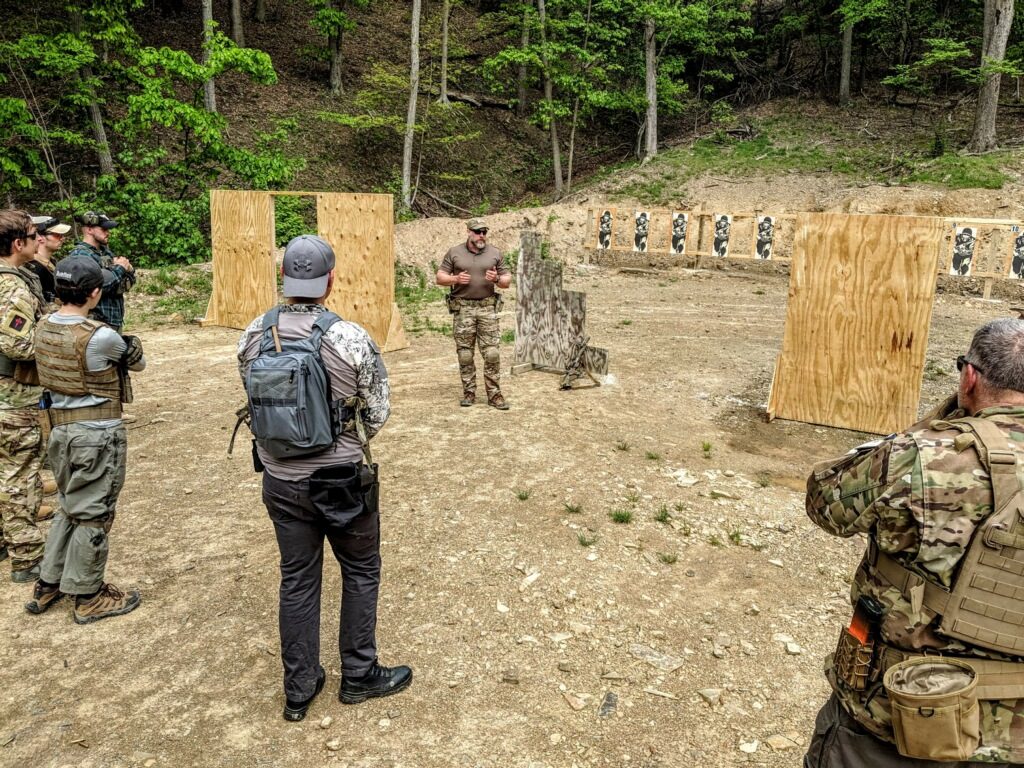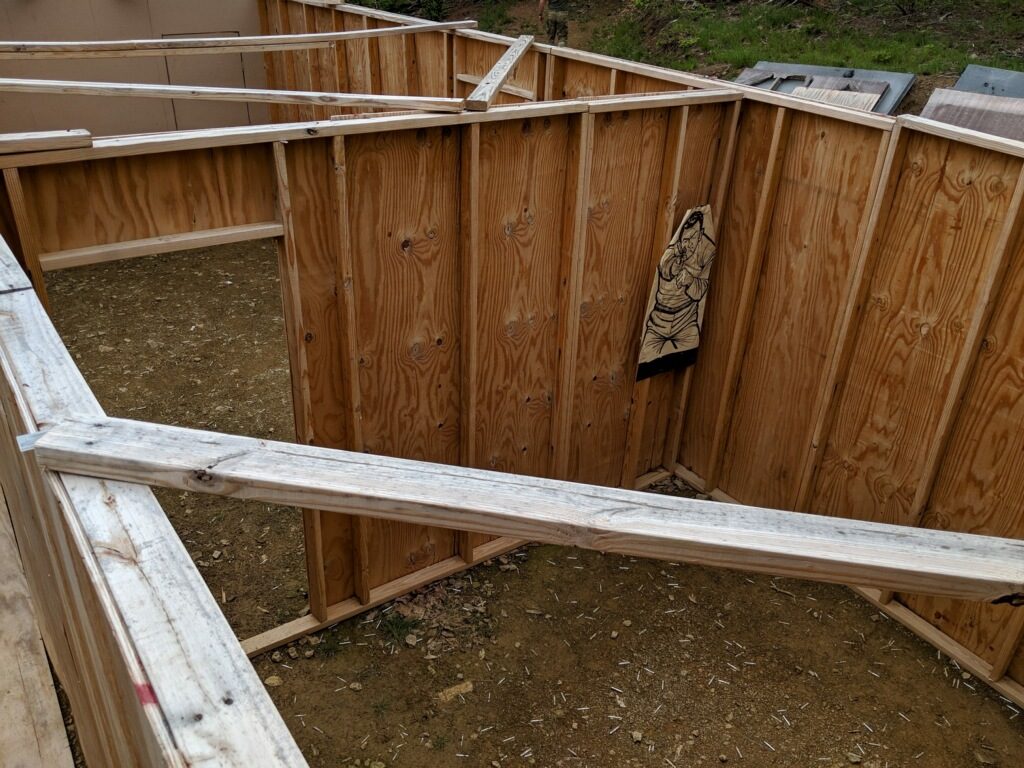Close Quarter Battle Course (CQBC)

This 3-day course was easily 4 weeks of training compressed into 3 days of critical skills and essential techniques for combat in built-up structures. That said, little was left untrained or at least undiscussed, so given the limited time we had, it was not to our detriment at all. We covered a huge amount of ground with CQB basics, and although room clearing and target discrimination in dark and cramped spaces are very violent and harrowing mission sets, every second of it was enjoyable and exciting, while also rewarding and eye-opening…
I’ll reveal some of my background: I am active duty military serving in a special mission unit. We have training similar to this available, and it is very, very good, but reserved as a pre-deployment requirement, or unit-mandated for combat arms teams, and always at a premium with few and far-between open slots. MVT’s CQB evolution offered training on par with that, if for only 3 days, and with more tailored attention to the individual students, in my opinion. Another pro here is Max’s curriculum – derived from a plethora of experience from his own service, best practices of teams he’s hosted at MVT, and some techniques he personally developed. Here we’re beyond just service or unit operations doctrine, but receiving the best of all worlds.

There were a few broad topics through which Max and Johnny Mac guided us from the ground up. Weapons handling and shoot-move-communicate basics were painstakingly coached, and applied constantly through progressively more advanced movements and space negotiation. We got the crawl-walk-run method of learning, but no babying at all; if you messed up, Max told you about it, you did it again the right way, and we moved on. This place is not in the business of wasting your time.
The use of AirSim in lieu of classic man-markers might make someone who hasn’t used this system chuckle at the prospect of ”airsoft”, but don’t be fooled – those rounds fly at an average speed of 375 FPS, and my thigh and shoulder bruises speak for themselves on the effect. Mentally, we were caught in that grey zone where we knew everything was nonlethal, but still had that primal fear of pain. Therefore, the group had a tendency to go rather slowly through the shoot house exercises, and I believe it was through over-caution and the fear of being shot. Yes; AirSim does the job very well. To our fortune, Max and Johnny Mac pushed us past those mental blocks, and every movement got faster, more precise, and better than the last.
Some take-away notes:
- pre-load your magazines and bring more than you think you need; waste less time reloading on the flat range
- leave your ego at the gate; the cadre and fellow students are experts and consummate professionals with a lot to teach
- train to win the fight; treat every exercise as a real-world event and don’t cheat yourself by skimping on plates, personal protection equipment, and attitude
- stop and pay attention to the feedback; after every training move, students get feedback from Max and the other cadre, and it will benefit you greatly to focus on that and learn from others’ challenges
- for AirSim, do yourself a huge solid and bring something which covers your whole face, including ears i.e. a paintball mask
- take the training seriously, but don’t stop yourself from having a laugh or two with your team; your trainers and fellow students are solid people and really appreciate what it takes physically and mentally to be there with them
Bottom line: the quality of instruction, density and speed of training, techniques put into practice, and production value i.e. the training grounds and AirSim trainers provided, made these 3 days some of the most value-added training out there.
